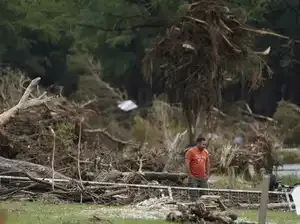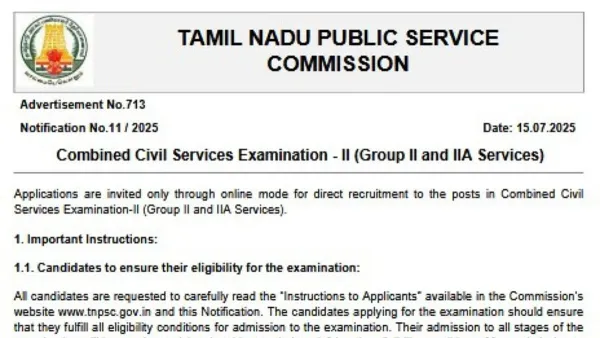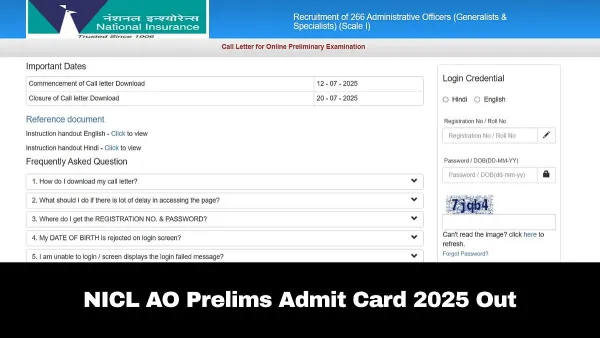Grief in Kerr County
In the heart of Texas Hill Country, the floods claimed at least 132 lives—many in Kerr County, where entire families and groups of campers were swept away in a matter of hours. Boats, trailers, and homes vanished as the waters tore through the Guadalupe River canyon. Authorities are still searching for over a hundred people believed to be missing.Lives upended
One of the most heartbreaking stories: a young college student who stayed behind to help shelter loved ones, his final call cut short by the raging flood before his home was washed away. His voice now a powerful reminder of bravery in utter chaos.
Camp tragedy
Camp Mystic and a neighboring youth camp were struck at night, with dozens of campers and counselors caught in flash floods. A camp leader delayed evacuation—making split-second decisions as waters surged. The loss of children and caregivers has left families and communities shattered.Flawed warning systems
Investigations reveal that code-based alerts (CodeRED) were used instead of broader systems like IPAWS. Residents didn’t receive timely warnings via all channels—some alerts arrived after the worst had already passed, spurring calls for reform.
Rescue in the rain
Search and recovery efforts continue—amid rising rivers and renewed storms. Crews are using boats, drones, sonar, and dog teams to bring closure to families. But the danger isn’t over: flood watches persist, and another round of heavy rain is on the way.
What this crisis teaches us
- Nature’s fury vs. human vulnerability
In Flash Flood Alley, rivers can transform from gentle streams into walls of water in under an hour—catching even the prepared unaware. - The value of modern alerts
Had broader public-alert systems been activated sooner, more lives might have been spared. Now, the state is facing pressure to modernize and act faster. - Community matters
From families carrying each other on boats to college towns holding processions for victims, neighborliness is rising in response to tragedy. These moments of unity reflect the very best of the human spirit, even in darkest times. - Legacy of loss
Beyond the statistics—children, campers, parents, counselors, couples with plans and dreams—were lives rich in potential and love. Their absence is not just a number—it’s a void felt in homes, campuses, and churches across Texas.
How you can help & respond
- Stay weather-wise: If you're in the Hill Country or other flood-prone regions, sign up for public alert systems like IPAWS and CodeRED.
- Support recovery: Many families need help with housing, food, and funeral costs—donations to vetted local groups can make an immediate difference.
- Push for change: Reach out to local representatives to advocate for upgrades to early-warning systems and better emergency protocols.
- Hold space for grief: In towns across Texas, vigil events and memorials are planned to honor those lost. Sharing their stories helps ensure they’re never forgotten.
What started as a holiday weekend turned into one of the deadliest inland flood events in modern U.S. history. The immediate focus is on rescue and recovery—but the deeper challenge lies in learning, adapting, and preventing future tragedies.








